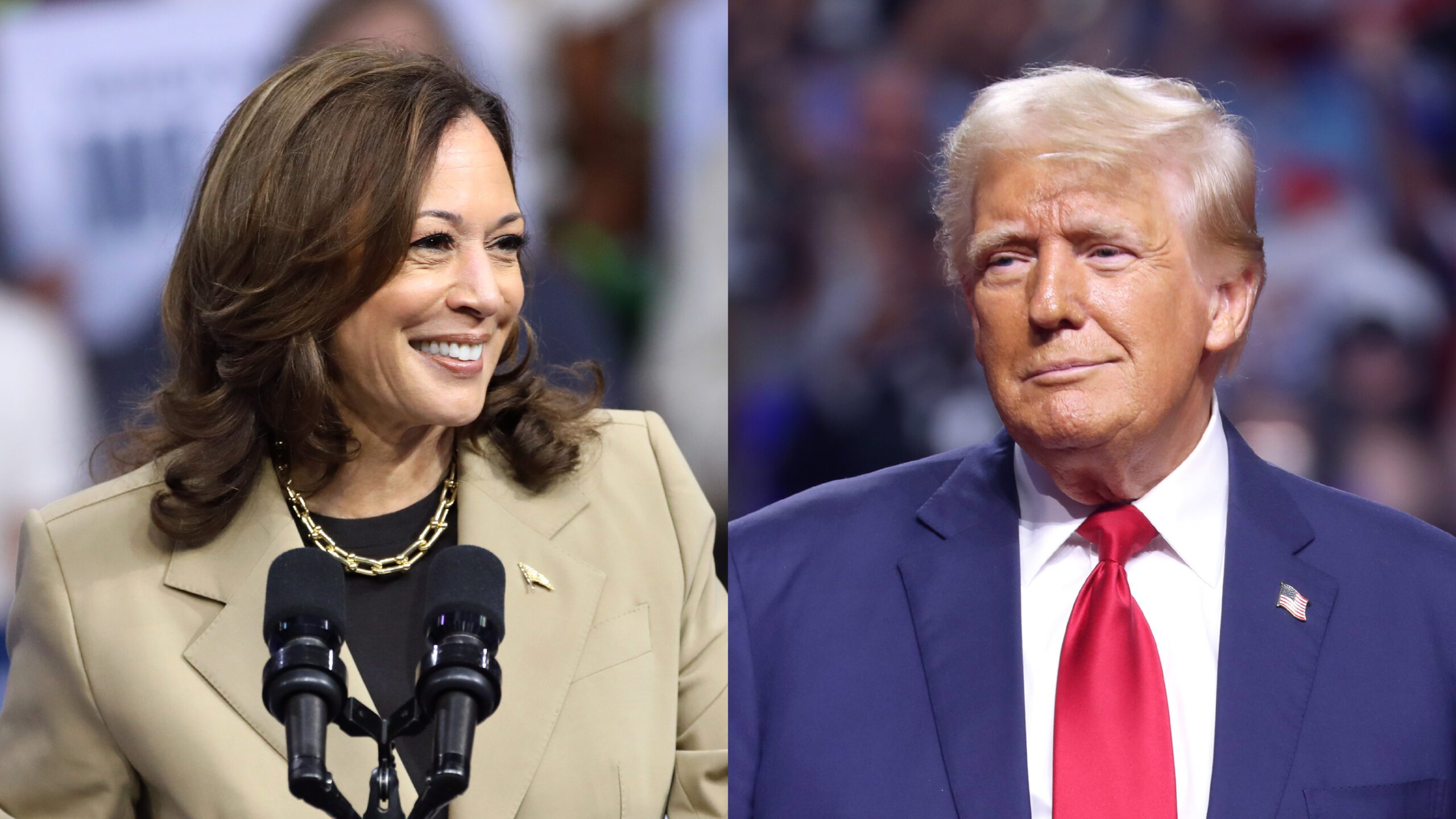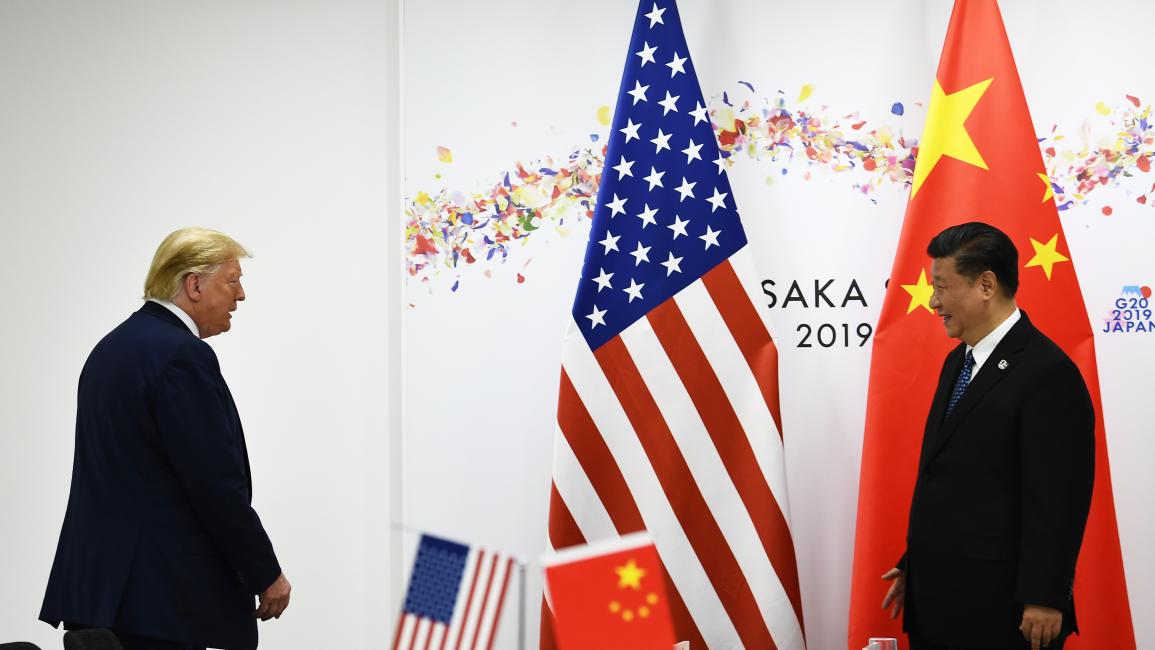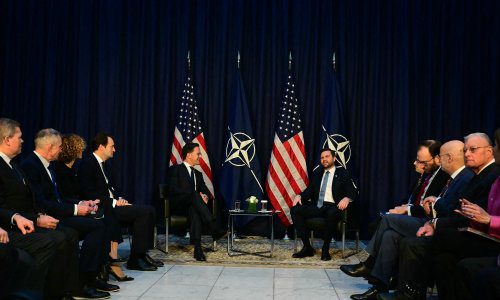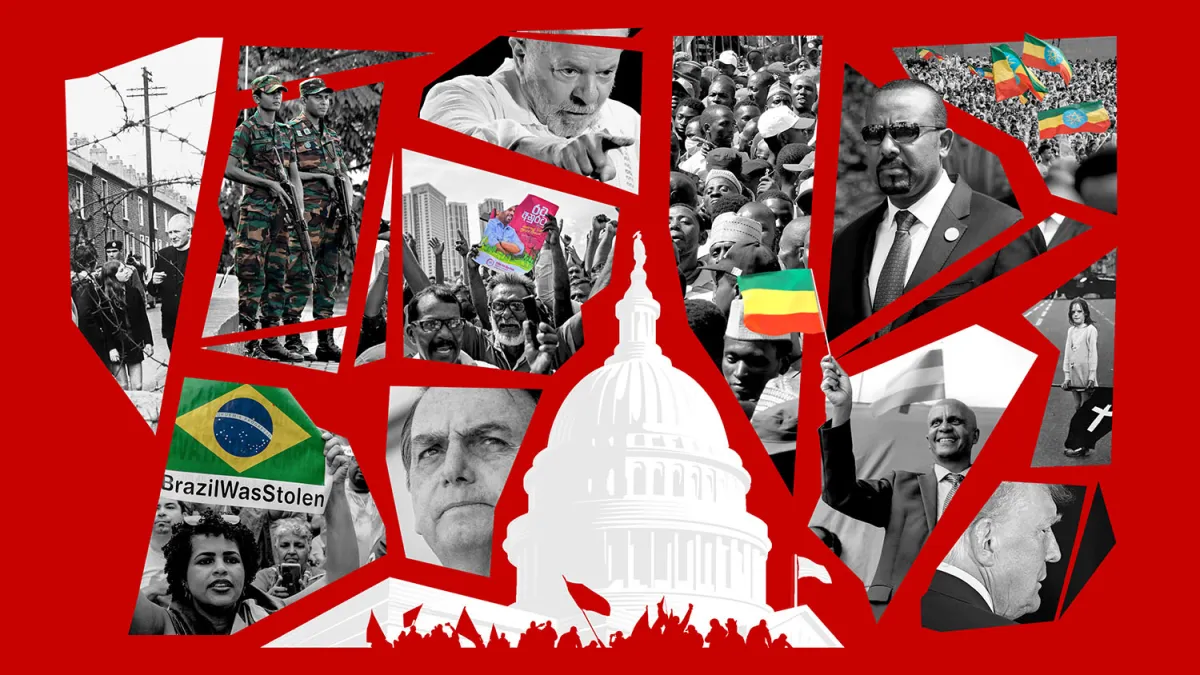Secrets of the U.S. Elections: What You Don’t See on TV in 2025

U.S. elections have always captured global attention, but the reality behind campaigns is often far more complex than what viewers see on television. In 2025, political strategies have evolved with technology, data analytics, and social media, creating sophisticated methods to influence voters and shape outcomes. This article explores the hidden mechanics of U.S. elections, from campaign funding and media strategies to voter targeting and political lobbying. (News)
Campaign Financing and Hidden Influences
Elections require substantial funding, and political contributions play a crucial role in shaping campaigns. Super PACs, dark money organizations, and large individual donors can significantly influence political messaging. While official disclosures exist, many financial flows remain opaque, affecting how candidates prioritize issues and allocate resources. Understanding these dynamics is key to grasping the full picture behind electoral contests. (Breaking News)
Media Strategy and Voter Perception
Television coverage often emphasizes soundbites, debates, and headline events. Behind the scenes, campaigns meticulously craft narratives, messaging strategies, and advertisements to sway public opinion. Social media platforms amplify these efforts, allowing targeted messaging that reaches specific demographics with tailored content. Voter perception can thus be influenced in ways that are invisible on traditional broadcast channels. (U.S News)
Data Analytics and Voter Targeting
Modern campaigns rely heavily on data analytics to identify and mobilize voters. Demographic, geographic, and behavioral data inform decisions about canvassing, advertisements, and digital outreach. Micro-targeting allows campaigns to deliver messages that resonate with individual voters’ concerns, often creating a divide between public perception and the broader strategy employed behind closed doors. (Trump News)
Political Lobbying and Interest Groups
Interest groups and lobbying organizations exert influence throughout the electoral process. Policy positions, endorsements, and campaign contributions can shift candidate priorities and affect legislative agendas once office is secured. While some of this activity is visible, much occurs in private meetings, negotiations, and strategic planning sessions that are never broadcast to the public. (World)
Election Mechanics and Voting Technology
The mechanics of elections, including ballot design, voting machines, and cybersecurity, play a critical role in shaping outcomes. While these systems are designed to ensure fairness, debates over security, accessibility, and accuracy continue. Understanding the technological and procedural underpinnings of elections is crucial to appreciating the full scope of factors that influence results beyond televised coverage.
Voter Behavior and Social Dynamics
Voter turnout, partisan loyalty, and social networks significantly influence electoral outcomes. Grassroots organizing, community engagement, and peer influence often operate away from the cameras. Cultural trends, local issues, and historical voting patterns shape the decisions of individuals and communities, creating a complex mosaic that is not fully visible in mainstream coverage. (News)
Policy Messaging and Strategic Framing
Candidates carefully frame their policy positions to appeal to targeted audiences. Emphasis on economic recovery, healthcare, education, or national security is often tailored to the specific concerns of swing voters. Messaging is refined over time, informed by polling data, focus groups, and analytics, resulting in campaigns that appear straightforward publicly but are highly nuanced behind the scenes. (Breaking News)
International Observers and Global Attention
U.S. elections are closely monitored internationally, with foreign governments, media, and analysts paying attention to outcomes. International influence, including perceptions of American stability and policy direction, adds another layer of complexity. While external observers cannot directly intervene, global interest reinforces the stakes of electoral processes and underscores the worldwide implications of domestic political strategies. (U.S News)
The hidden dynamics of U.S. elections reveal a landscape far more intricate than what appears on television screens. Funding, data analytics, lobbying, voter targeting, and strategic messaging all contribute to outcomes that often surprise even the most engaged citizens. Understanding these elements is essential for comprehending the full scope of American democracy in 2025. Elections are more than campaigns—they are complex systems shaped by countless visible and invisible forces. (Trump News)




